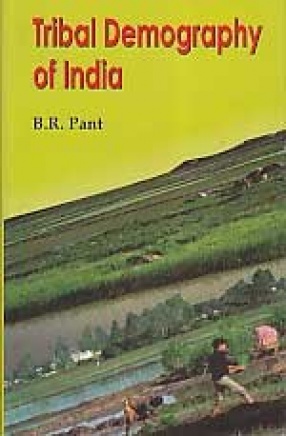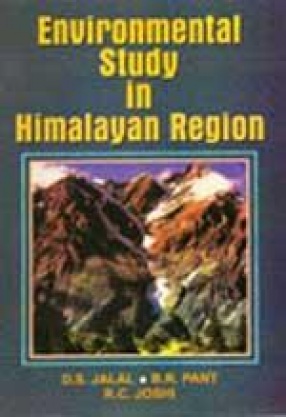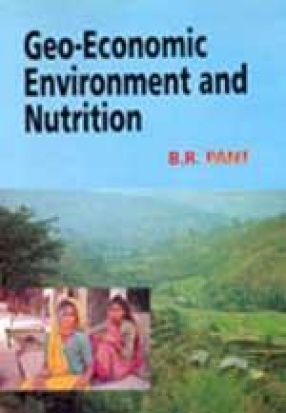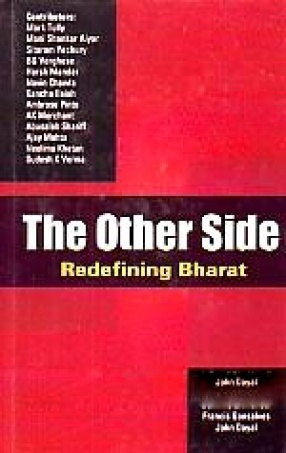The tribal community and their habitats constitute very significant proporation of backward people and regions of the country. It encompasses around 18 per cent of country's land and 8 per cent of its population.
Despite the record economic growth, Indian social indicators are lagging behind largely because of poor access to good health care and information. Though the various schemes have been launched for the overall development from the first Five-Year Plan in 1951, but the impact of thse schems is not visibly reflected in the improvement of the socio-economic well-being of the tribal people.
The tribal ecosystem is perpetuated through culture totally in balance with the production system and social heritage. Besides the traditional productive social economy of the tribal communities is a characteristic manifestation of their inter-action through various institutions with nature. The institutions evolve the strategies that make effective use of resources through adaptations.
The socio-economic level of the society plays dominant role to determine the health and nutrition status of the people. The tribals, particularly Tharus, are the lowest income group people living in abject poverty and are also surviving in shadow of severe under-nutritional conditions prone to several diseases.
The present book is based on first hand information of 445 Tharu households from ten villages of Sitarganj and Khatima tehsils have been surveyed comprehensively. The present work is devoted to the tribal demography of India as a whole in general and Uttarakhand in particular. The book includes general background of the Tharu habitat and demographic and socio-economic structure, housing and environmental sanitation pattern, role and status of Tharu women, hygiene and food intake pattern, health and nutrition status of the tribal population in the study region.








There are no reviews yet.